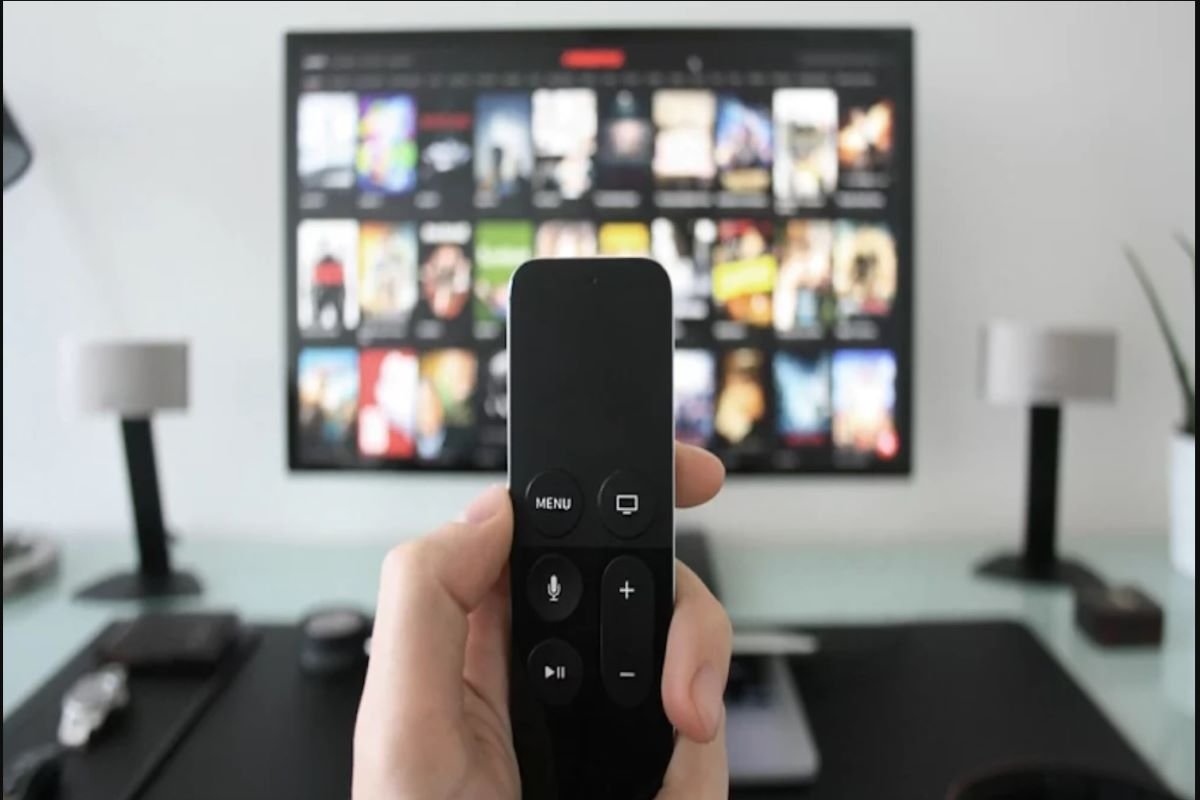Cable TV Set to Lead, DTH to Gain Momentum
Deepa Dhingra, telecom analyst at GlobalData told TelecomTalk that the cable TV will continue to be the leading pay TV platform in India “at least until 2024” even as DTH witnesses some momentum. “Cable TV will remain the leading pay TV platform, by subscriptions at least until 2024 although its share in the total pay TV accounts is expected to drop steadily,” Dhingra said in an email response. “DTH on the other hand will gain momentum in its subscription share and will surpass cable TV as the pay TV platform with [the] highest subscription share in 2025.” In September, 2020, GlobalData said that the pay TV market in India is estimated to “grow at a lethargic” compound annual growth rate (CAGR) of 0.7% between 2020 to 2025. The data analytics company said that the revenue from the pay TV services will hit US$3.30 billion in 2025, up from US$3.19 billion in 2019. GlobalData said that the “lethargic” growth is “due to growing user substitution” to Over-the-Top (OTT) platforms. However, Dhingra said that the projections have now been revised with the company expecting the pay TV market to grow at 0.9% over the forecast period. Dhingra said that the earlier projections were based on the forecasts from the first quarter of 2020, while the updated figures were from the third quarter data. “Based on the Q3-2020 forecasts, the pay TV services revenue will recover in 2021 (albeit temporarily) with an estimated 2% growth before starting to slowdown once again in 2022 and continuing with its downward trend through 2025,” Dhingra said. The GlobalData analyst said that the pay TV market in India will “continue to be fragmented” through the forecast period with “smaller, regional players having a substantial share.” “Smaller regional players will have substantial market share due to their localized content, flexible service bundling, and competitive pricing strategies,” Dhingra said. “These players have a better coverage in rural areas as well.” In the past, several users living in gated community and society flats have told TelecomTalk that they have little to no choice in selecting a cable TV connection or an DTH operator. These users said that cable TV operators often have a “monopoly” in their apartment leaving them with no choice. While Dhingra said that GlobalData does not have “specific” data, the company believes such scenarios favor OTT platforms. “We do believe that such deals will accelerate the shift towards OTT platforms given the wide choice of services they offer to customers in terms of genres, language, pricing plans, multi-device accessibility,” Dhingra said.
Streaming Platforms Restricted to Urban Areas
Meanwhile, DTH operators including Tata Sky and Airtel slashed the prices of their respective Android powered Set-Top Boxes (STB) such as Tata Sky Binge+ and Airtel Xstream. The smart STBs enable users to watch both linear TV as well as content from OTT platforms. “While we do agree that such OTT enabled STBs will help DTH operators to increase their subscription share, there is also a strong momentum in the adoption of standalone steaming gadgets like Fire TV among Indian households, more so importantly in urban areas,” Dhingra said. It has to be noted that select streaming platforms such as Zee5, SonyLIV and SunNXT also enable users to watch live TV content. Further, the apps like Zee5 have also priced its annual packs at an affordable price as compared to its respective packs as available on DTH and cable TV. “OTT adoption has been on the rise but we do not foresee them completely replacing the traditional pay TV services in the Indian market at least over the forecast period,” Dhingra said. “Also, since high-speed internet is mandatory for OTT services, they are most subscribed to in the urban and semi-urban areas, while rural and remote areas that lack high-speed internet connectivity continue to rely on traditional DTH and Cable TV services.” Rohit Singh, a Port Blair resident told TelecomTalk that OTT apps despite being a “great platform” may “take years” for mass adoption unless it is bundled for free with a telecom plan. As compared to the mainland, Singh said that the users in Andaman and Nicobar pay high costs for the broadband services restricting users from switching over to OTT apps. “In Andaman, cable is widely used because of climatic conditions with heavy rains in July to October,” Singh said. “Recently Tata sky has been trying [to] penetrate into the market with it so called dish service which is not readily accepted.” Singh said that in Nicobar, d2h offers its services but that the “main issue is maintenance and service” as people are required to buy the dish and install it on their own as only Tata Sky has an office in the region. However, the Port Blair resident said that the users in the region have started using DTH services “during lockdown because of more clarity.” Further, Singh said that the DTH operators provide more recharge options and that the services are a “cheaper solution” as compared to cable TV. “DTH has a big market but service and maintenance needs to be upmark since people here widely prefer service rather than quality,” Singh said. The Port Blair resident said that the cable costs around Rs 695 in the region while the packs with “watchable channels” are priced at Rs 400. In comparison, Singh said that the users can get DTH connections at a 20% cheaper rate. Singh said that he uses both cable TV and a Tata Sky connection and that he prefers the latter due to it “being better always in terms of choice, price and quality.”
